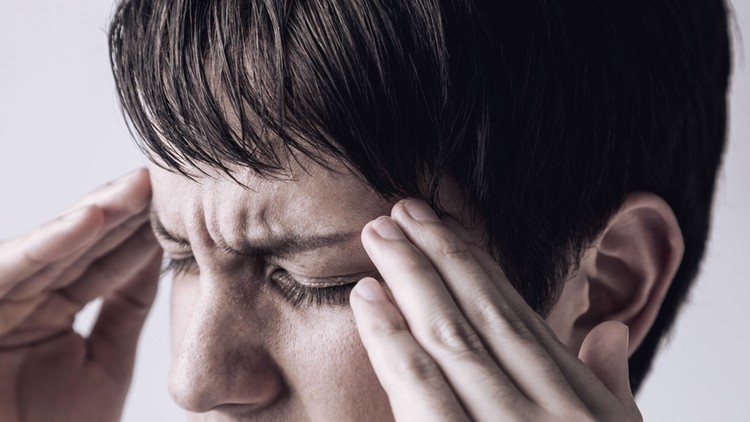
Heart attacks/strokes kill ten times as many as COVID-19. Prevent the attacks before they happen.
What you will learn
1. Identify risk factors for a stroke
2. Take action to reduce their chances of getting a stroke
Live life more safely!
Hundreds of ways to reduce stress
Description
Notice: Please do NOT enrol on this course on impulse, thinking you might watch it later. Maybe show an interest on impulse, yes, but before you enrol, watch the Preview videos, read the Course Description and then make a decision. If you then enrol then please start the course as soon as possible. Watch the lectures, look at the workbooks and join in the discussions. Joining my courses is a serious business and I want you to get the most out of your study – but I also want you to enjoy the course.
That is why I am asking that you only enrol because you really want to and that you start the course intending to make full use of all the resources.
You will be very welcome.
In 2016 I suffered a mini-stroke. Since then I have been researching possible ways to reduce the risk of me getting a stroke – either mini or full-blown. Apparently up to 90% of strokes can be prevented with lifestyle changes.
This course is the result of my own research.
I am NOT a doctor. I am NOT medically qualified. I am NOT speaking on behalf of any organisation.
These lectures are simply my thoughts as I try and spread the word about risk factors. I am also trying to raise awareness – which is why sometimes the lectures may seem to contradict. This is to encourage discussion.
I triple stress: these lectures are just my own research. I am NOT giving out medical advice.
But I am trying to encourage people to think about their own risk and to seek medical advice where needed.
What makes this course a success? If it encourages you to reduce your own risk!
What this course covers:
- Fitness/exercise
- Statins
- Diet
- Weightloss
- Sleep
- Intermittent fasting
- Stress
- Further action
The course includes a workbook:
Chapter 1 What causes TIAs?
- What is a TIA?
- Why it is important
- What are the causes of a TIA?
- How is a TIA diagnosed?
- Treatment for a TIA
- Symptoms of a ministroke
- Reducing the risk
- Medication and side effects
Chapter 2 Studies
- Studies
- Residual symptoms of a TIA
- Role of brain imaging in TIA
- TIA and common mimics
Chapter 3 Return to TIAs
- TIA facts
- Symptoms of a stroke
- How a TIA is diagnosed
- Therapy
Chapter 4 Stroke quiz
(A link to a site that has a) stroke quiz
Chapter 5 Comments
Comments about TIAs
Chapter 6 Return to risk factors
Risk factors
Chapter 7 Chameleons, panic attacks and TIAs
- Could the TIA be a panic attack?
- Anxiety or mini stroke
- Panic attack v heart attack
Chapter 8 Food
Foods increasing stroke risk
Chapter 9 Dr Malcolm Kendrick
Very interesting extracts from his blog, about strokes
Chapter 10 Risk calculator
Links and explanations about various stroke risk calculators
In conclusion
PS
A workbook is included
Content